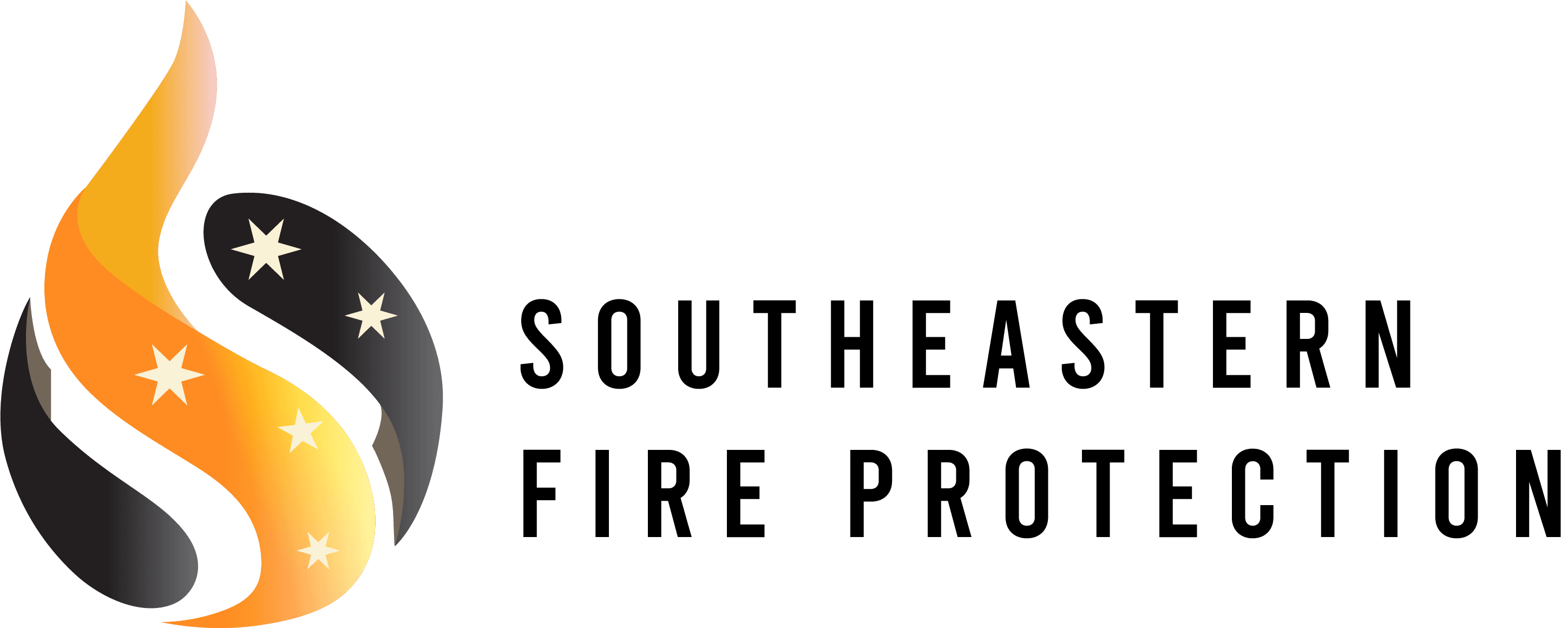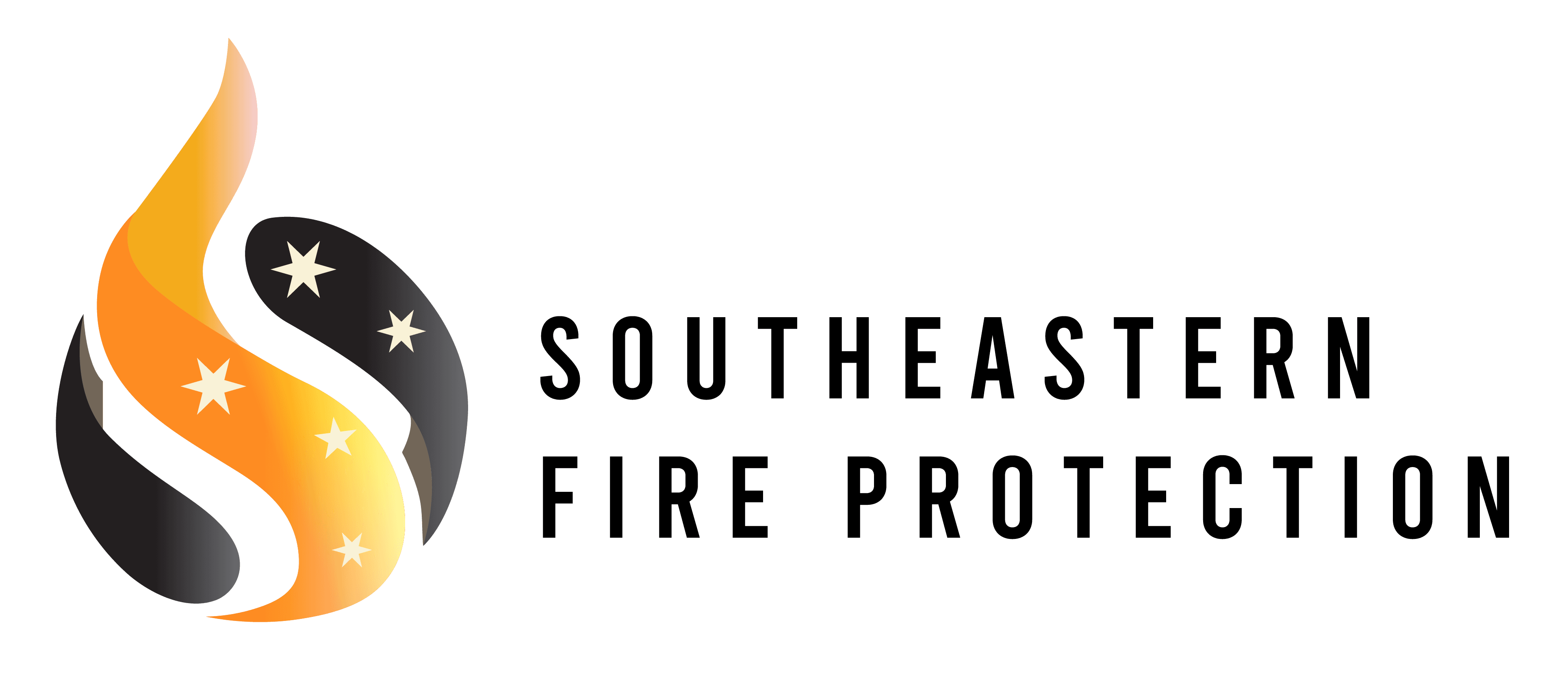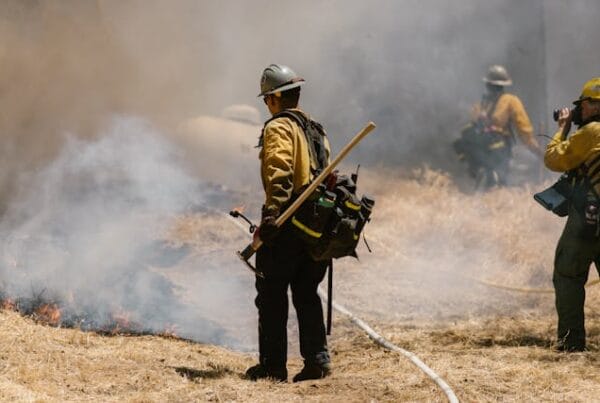
A comprehensive fire risk assessment is the cornerstone of effective fire safety management in any commercial property. It’s not just a legal obligation; it’s a proactive measure that identifies potential dangers, assesses risks to occupants, and outlines crucial steps for mitigation. This article details the best practices for conducting a thorough commercial property fire risk assessment.
The Importance of Fire Hazard Identification
The initial step in any assessmen including fire risk assessment t is meticulous fire hazard identification. This involves systematically reviewing the entire property for potential ignition sources, fuel sources, and pathways for fire spread. Common hazards include electrical faults, flammable materials, heating systems, and even poor housekeeping. A detailed inventory and mapping of these hazards are essential.
Developing Effective Risk Mitigation Strategies in Fire Risk Assessment
Once hazards are identified, the next phase involves developing robust risk mitigation strategies. This includes implementing preventative measures such as regular electrical inspections, proper storage of combustibles, and ensuring clear escape routes. It also encompasses the installation and maintenance of active fire protection systems.
Conducting a Comprehensive Fire Safety Compliance Audit
A key component of the assessment is a thorough fire safety compliance audit. This ensures that the commercial property adheres to all relevant local and national fire codes, regulations, and standards. An audit covers everything from the placement of fire extinguishers to the functionality of emergency lighting. Our experts at Sefirepro.com are adept at navigating complex compliance requirements.
Regular Building Fire Safety Assessment Processes
Fire risk assessments are not static documents; they require regular building fire safety review processes. Changes in building use, occupancy, or the introduction of new equipment necessitate re-evaluation. Annual reviews or reviews after significant alterations are crucial to maintain up-to-date safety protocols.
Assessing Occupant Vulnerability and Evacuation Needs
A critical aspect of the assessment involves understanding the building’s occupants. This includes assessing occupant vulnerability, especially for those with disabilities or special needs, and tailoring evacuation plans accordingly. The number of occupants and their familiarity with the building also influence evacuation strategies.
Documentation and Record-Keeping for Compliance
Meticulous documentation and record-keeping are vital for demonstrating compliance and providing a clear audit trail. This includes records of all inspections, maintenance, training, and drills. A well-maintained fire safety logbook is an indispensable tool. You can find guidance on fire safety record-keeping from official fire department websites, such as the London Fire Brigade’s fire safety guides (external link).
Engaging Qualified Fire Safety Professionals in Fire Risk Assessment
While some aspects of a fire risk assessment can be managed internally, engaging qualified fire safety professionals ensures accuracy, comprehensiveness, and compliance. Experts bring invaluable experience and knowledge of the latest standards and technologies. Sefirepro.com’s certified professionals offer impartial and thorough assessments.
Conclusion: Proactive Protection for Your Commercial Asset
A well-executed fire risk assessment is a proactive investment in the safety and longevity of your commercial property. By identifying and mitigating risks systematically, you protect lives, property, and business operations. Partner with Sefirepro.com to ensure your commercial property fire risk assessment is robust and effective. Visit our homepage to learn more about our comprehensive services.





